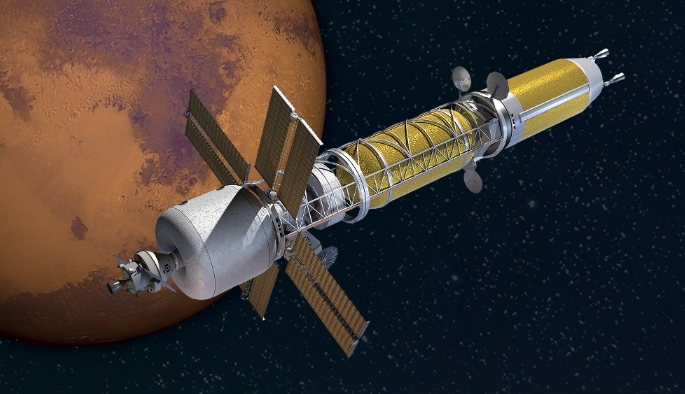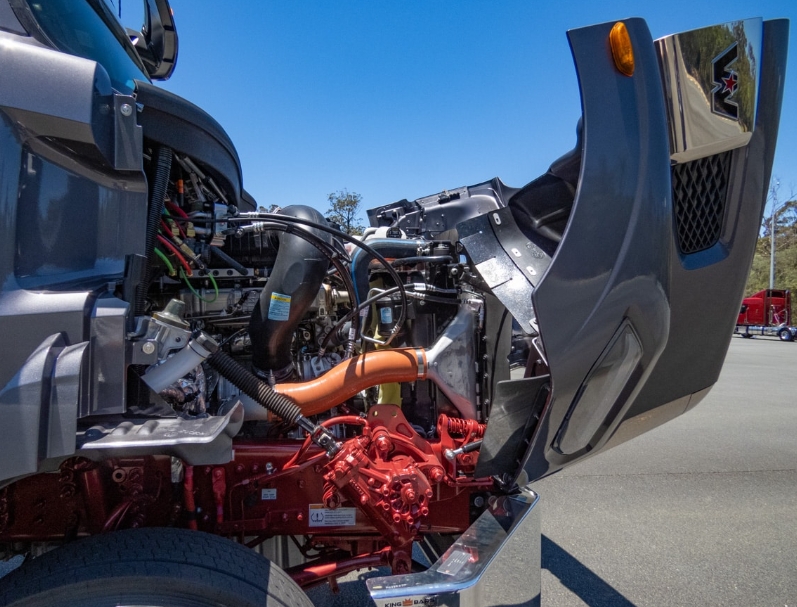
Scientific Reports: RF motor efficiency improved by up to 30 percent
Scientists at Tohoku University (Japan) have improved the performance of an RF space engine that, unlike traditional electrical propulsion, does not have electrodes, potentially extending its lifespan. A prototype of the new setup is presented in an article published in Scientific Reports.
Spacecraft are already using electric rocket engines such as gridded ion thrusters and Hall effect thrusters. In both types, solar energy is converted into thrust due to the acceleration of ionized gases by magnetic fields, which makes it possible to achieve a very high specific impulse. However, the electrodes required for these devices are exposed to the plasma and damaged, limiting the life of the motors.
The solution to this problem is an RF plasma engine with a magnetic nozzle, where there are no electrodes in contact with the plasma. Instead, there is an antenna that radiates radio waves into a cylindrical chamber to ionize the neutral gas. The resulting high-density plasma moves along the magnetic field lines to the exit from the source, and then spontaneously accelerates in the nozzle. In this case, the critical problem was the low efficiency of converting the energy of radio frequency waves into thrust energy due to interaction with the internal walls of the engine.
Professor Kazunori Takahashi has developed a prototype RF engine that uses a pointed-type magnetic field to prevent the plasma from contacting the walls. The experimental setup consisted of a glass tube with an inner chamber 10.5 cm in diameter and 25 cm long. The tube was wrapped with a two-turn loop antenna and placed inside two solenoids, one of which was located near the exit. The entire structure was placed on a pendulum balancer inside a spacious vacuum chamber.
Instead of xenon, which is used in traditional electric motors, cheaper argon was used in the experimental setup. The gas was injected through a ceramic tube near the nozzle at a rate of 2.1 milligrams per second, which created a pressure in the chamber of 28 millipascals, which is 10 times the background value recommended for testing ion thrusters and the Hall thruster.
The experiment showed a conversion efficiency of 30 percent compared to the previous result of 20 percent. However, the author notes that the service life of the RF plasma thruster has not yet been determined and remains a goal for further research. In addition, the calculated efficiency of the engine did not take into account the energy spent on the operation of the solenoids and the energy losses in the radio frequency generator, which also remains a difficult task, which so far hinders the flight tests of the installation.





